Easter Traditions and Celebrations in France
Easter is a holiday period in France when children have a school break. It is a chance for families to gather over meals and enjoy some downtime while hiding chocolate treats. Below are some traditions and celebrations surrounding the Easter period in France and beyond. I have written the text in English and French for anyone interested in improving their language skills. Some recipes are sprinkled throughout the article for a little culinary inspiration from Provence.
I thought you might be interested in discovering the Easter traditions in France, also called “Pâques”! J’ai pensé que ça vous intéresserait de découvrir les traditions de Pâques en France !
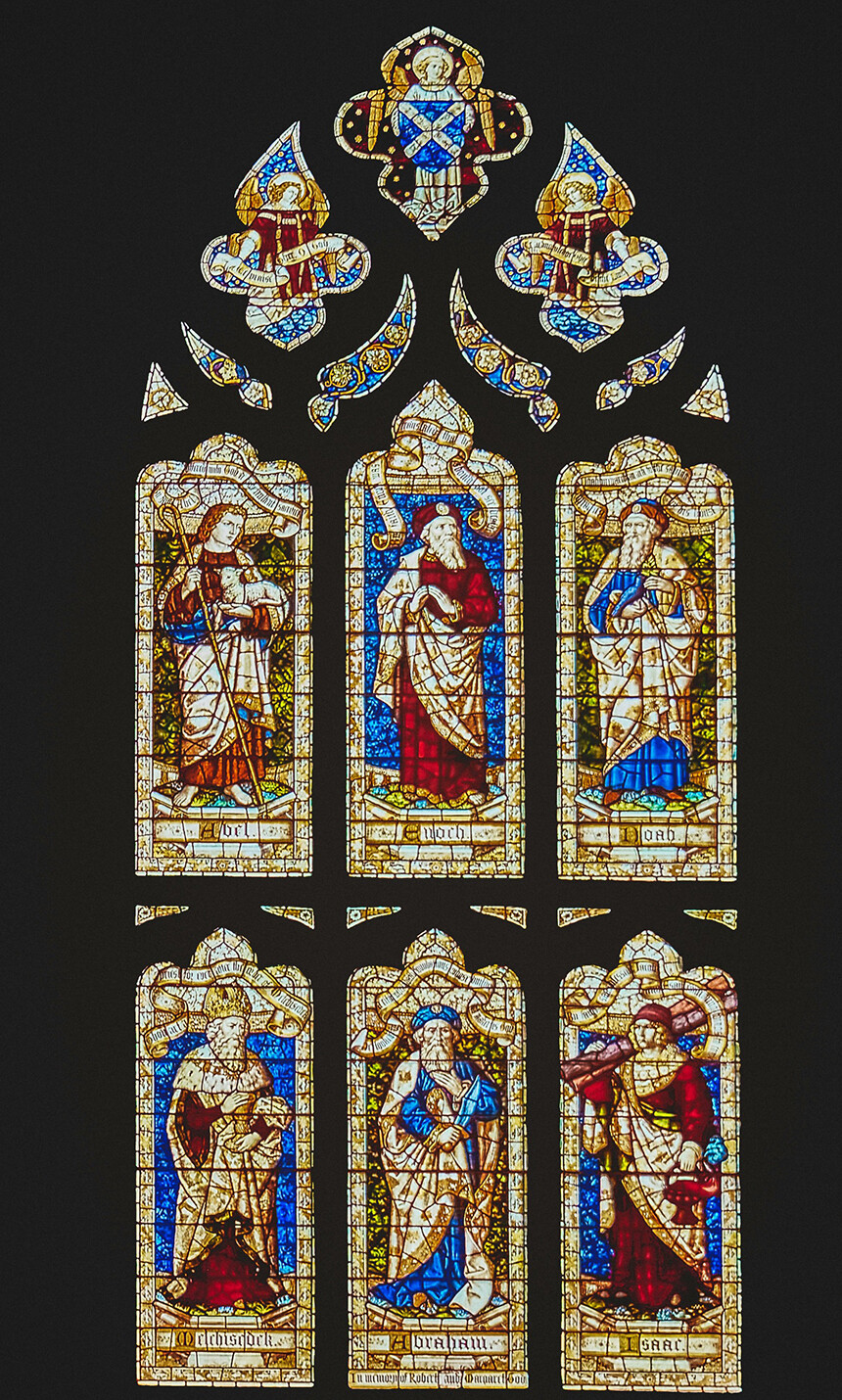
© K Mitch Hodge, Unsplash
Easter Holidays in France
Easter is an important holiday in France, both religious and traditional. It is a Christian holiday that celebrates the resurrection of Jesus Christ. It is celebrated every year on the Sunday following the first full moon after March 21st. In France, we celebrate it with our families. We enjoy a long weekend of three days because Easter Monday is a public holiday. During this holiday, children do an egg hunt. In France, it is the bells that bring the eggs (not a rabbit). Traditionally, French families cook a big Easter meal with a leg of lamb.
Pâques est une fête importante en France, à la fois religieuse et traditionnelle. Il s’agit d’une fête chrétienne qui célèbre la résurrection de Jésus-Christ. Elle est célébrée chaque année le dimanche qui suit la première pleine lune après le 21 mars. En France, nous la célébrons en famille. Nous profitons d’un long week-end de trois jours, car le lundi de Pâques est un jour férié. Pendant cette fête, les enfants font une chasse aux œufs. En France, ce sont les cloches qui apportent les œufs (et non un lapin). Traditionnellement, les familles françaises cuisinent un grand repas de Pâques avec un gigot d’agneau.
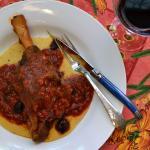
Word Origins
How is the word “Pâques” spelled, and what is its gender? The word “Pâques” is spelled with an “â” and an “s” at the end. It is a feminine noun in French. It comes from the Latin “pascha,” which means “Pâque.” The term “Pâque” is of Hebrew origin and is associated with the Jewish celebration of Pâque, which commemorates the liberation of the Hebrews from slavery in Egypt. It is written in the singular in this context. The word “Pâques” is used in the plural when it refers to the Christian holiday that celebrates the resurrection of Jesus Christ. In summary, “Pâques” has Latin and Hebrew origins and can be used in the singular or plural depending on the context.
Comment s’écrit le mot Pâques et quel est son genre ? Le mot “Pâques” s’écrit avec un “â” et un “s” à la fin. Il est de genre féminin en français. Il vient du latin “pascha”, qui signifie “Pâque”. Le terme “Pâque” est d’origine hébraïque et est associé à la célébration juive de la fête de la Pâque, qui commémore la libération des Hébreux de l’esclavage en Égypte. Il est écrit au singulier dans ce contexte. Le mot “Pâques” est utilisé au pluriel quand il désigne le jour férié chrétien qui célèbre la résurrection de Jésus-Christ. En résumé, le mot “Pâques” a une origine latine et hébraïque, et peut être utilisé au singulier ou au pluriel en fonction du contexte.

© Adam Gonzales, Unsplash
Easter Celebrations
Good Friday is when Christians commemorate Jesus Christ’s death on the cross. Easter, on the other hand, celebrates the resurrection of Jesus Christ three days after his death, on Easter Sunday. According to Christian tradition, Jesus Christ died on the cross on Good Friday, was placed in a tomb, and rose again on the third day, Easter Sunday. Thus, Good Friday is a day of fasting and contemplation for Christians, while Easter Sunday is a day of celebration of the resurrection of Jesus Christ. The link between Good Friday and Easter is, therefore, the death and resurrection of Jesus Christ. These two events are considered among the most important in the Christian religion.
Pâques, en revanche, commémore la résurrection de Jésus-Christ trois jours après sa mort, c’est-à-dire le dimanche de Pâques. Le Vendredi Saint est le jour où les Chrétiens commémorent la mort de Jésus-Christ sur la croix. Selon la tradition chrétienne, Jésus-Christ est mort sur la croix le Vendredi Saint, a été placé dans un tombeau et est ressuscité le troisième jour, le dimanche de Pâques. Ainsi, le Vendredi Saint est un jour de jeûne et de recueillement pour les Chrétiens, tandis que le dimanche de Pâques est un jour de célébration de la résurrection de Jésus-Christ. Le lien entre le Vendredi Saint et Pâques est donc la mort et la résurrection de Jésus-Christ. Ces deux événements sont considérés comme étant parmi les plus importants de la religion chrétienne.
Easter Bells and Chocolate Eggs
The tradition of the bells bringing Easter eggs dates back to the ancient Christian belief that the church bells left for Rome on Holy Thursday and did not return until Easter Sunday. During their absence, the bells did not ring to recall the pain and grief of Jesus’ crucifixion. Upon their return on Easter Sunday, the bells rang again to announce the resurrection of Jesus. According to legend, the bells brought back chocolate Easter eggs for children during their journey to Rome.
Over time, this legend has transformed into a tradition where the bells have become symbols of the arrival of Easter, bringing eggs for children in gardens and public parks. Thus, children believe that the bells have hidden the Easter eggs for them to find. It is important to note that this tradition of the bells bringing Easter eggs is mainly present in France, Belgium, Switzerland, Luxembourg, and some parts of Canada and that other countries have their own Easter traditions.
Cloches de Pâques et œufs au chocolat
La tradition des cloches apportant les œufs de Pâques remonte à l’ancienne croyance chrétienne selon laquelle les cloches des églises partaient pour Rome le Jeudi Saint et ne revenaient que le dimanche de Pâques. Pendant leur absence, les cloches ne sonnaient pas pour rappeler la douleur et le deuil de la crucifixion de Jésus. À leur retour le dimanche de Pâques, les cloches sonnaient de nouveau pour annoncer la résurrection de Jésus. Selon la légende, pendant leur voyage à Rome, les cloches rapportaient des œufs de Pâques en chocolat pour les enfants.
Au fil du temps, cette légende s’est transformée en une tradition où les cloches sont devenues des symboles de l’arrivée de Pâques, apportant des œufs pour les enfants dans les jardins et les parcs publics. Ainsi, les enfants croient que les cloches ont caché les œufs de Pâques pour eux qu’ils doivent chercher et trouver. Il est important de noter que cette tradition des cloches apportant des œufs de Pâques est principalement présente en France, en Belgique, en Suisse, au Luxembourg et dans certaines parties du Canada, et que d’autres pays ont leurs propres traditions de Pâques.

Who Brings the Easter Eggs?
In Germany and Austria, the Easter Bunny (Osterhase in German) brings the Easter eggs. The tradition of the Easter egg hunt is prevalent in England, but no animal or object brings the eggs. In the United States, the Easter Bunny is very popular and often brings chocolate eggs to children. Of course, there are other traditions in other countries, but these are among the best known.
En Allemagne et en Autriche, c’est le lapin de Pâques (Osterhase en allemand) qui apporte les œufs de Pâques. C’est la tradition en Angleterre de la chasse aux œufs de Pâques qui est très populaire, mais il n’y a pas d’animal ou d’objet particulier qui apporte les œufs. Aux États-Unis, le lapin de Pâques (Easter Bunny en anglais) est très populaire et apporte souvent des œufs en chocolat aux enfants. Il existe bien sûr d’autres traditions dans d’autres pays, mais celles-ci sont parmi les plus connues.
Easter Traditions in France
In France, each region has its own Easter traditions. Here are some examples. In northern regions such as Picardy or Nord-Pas-de-Calais, Easter bells are replaced by “egg hunts” organized in gardens or public parks. Children search for chocolate or sugar eggs hidden by their parents. In Provence, it is traditional to prepare a leg of lamb accompanied by flageolets, potatoes, and peas. You can also taste “Easter fougasses,” anise-flavoured brioche decorated with hard-boiled eggs.
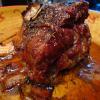
In the Vosges, Easter is celebrated by organizing a sizeable nighttime procession called the “Easter Vigil.” The inhabitants gather around a big fire and light candles to commemorate the resurrection of Christ. In Alsace, “lammele” is prepared, which are small lamb-shaped cakes, and “Easter nests,” which are shortbread nests filled with sugar eggs. Trees can also be decorated with painted eggs. In Corsica, “panzarotti” is prepared, fried pastries filled with brousse and brocciu, a Corsican cheese. You can also taste “canistrelli,” dry biscuits flavoured with anise and white wine. Of course, there are many other Easter traditions throughout France, but these will give you an idea of the different customs according to the region.
Les traditions de Pâques en France

En France, chaque région a ses propres traditions de Pâques. Voici quelques exemples. Dans les régions du nord, comme la Picardie ou le Nord-Pas-de-Calais, les cloches de Pâques sont remplacées par des “chasses aux œufs” organisées dans les jardins ou les parcs publics. Les enfants cherchent des œufs en chocolat ou en sucre cachés par les parents. En Provence, il est traditionnel de préparer un gigot d’agneau accompagné de flageolets, de pommes de terre et de petits pois. On peut également déguster des “fougasses de Pâques”, des brioches parfumées à l’anis et décorées d’œufs durs.
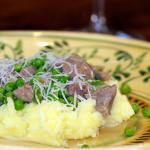
Dans les Vosges, on célèbre Pâques en organisant une grande procession nocturne, appelée la “Veillée Pascale”. Les habitants se rassemblent autour d’un grand feu et allument des bougies pour célébrer la résurrection du Christ. En Alsace, on prépare des “lammele”, des petits gâteaux en forme d’agneau, et des “nids de Pâques”, des nids en pâte sablée garnis d’œufs en sucre. On peut également décorer les arbres avec des œufs peints. En Corse, on prépare des “panzarotti”, des beignets fourrés à la brousse et au brocciu, un fromage corse. On peut également déguster des “canistrelli”, des biscuits secs parfumés à l’anis et au vin blanc. Il y a bien sûr de nombreuses autres traditions de Pâques dans toute la France, mais celles-ci vous donneront une idée des différentes coutumes selon les régions.
Easter Traditions Elsewhere
Does this holiday exist in other countries? If so, which ones? Easter is celebrated in many countries worldwide, although traditions and customs vary. In many countries, people decorate eggs and organize Easter egg hunts for children. Holy Week is leading up to Easter in Spain, during which religious processions are in the streets. The Italian tradition includes eating a colomba, a cake shaped like a dove. In the United States, there is an Easter tradition where the Easter Bunny brings baskets filled with candy and other treats to children. Easter is also a public holiday in many countries, such as France.
Est-ce que cette fête existe dans d’autres pays ? Si oui, lesquels ? Pâques est célébré dans de nombreux pays du monde, bien que les traditions et les coutumes varient. Dans de nombreux pays, les gens décorent des œufs et organisent des chasses aux œufs pour les enfants. En Espagne, il y a la Semaine Sainte qui précède Pâques, pendant laquelle il y a des processions religieuses dans les rues. En Italie, il y a la tradition de manger une colomba, un gâteau en forme de colombe. Aux États-Unis, il y a une tradition de Pâques où le lapin de Pâques apporte des paniers remplis de bonbons et d’autres friandises aux enfants. Dans de nombreux pays, Pâques est également un jour férié, comme en France.
Spring Break at Easter
The Easter vacation is also called “spring break.” It is a highly appreciated period for families because it allows them to go on vacation or enjoy the return of the sun and longer days. The spring break lasts two weeks and is staggered in time according to three geographical zones.
The division of France into zones for school holidays was established in 1964 by the Minister of National Education at the time, Christian Fouchet. This measure aimed to distribute holidaymakers across the territory better and avoid traffic jams and overcrowding in the most popular tourist areas. Initially, France was divided into two zones, Zone A and Zone B. Zone C was created later. These zones correspond to academies (groups of departments) and were defined based on geographical and demographic criteria. This division into zones is still in effect today and applies to Christmas, winter, and spring vacations. Our family is in Zone B.
Additional reading: School Holidays in France.
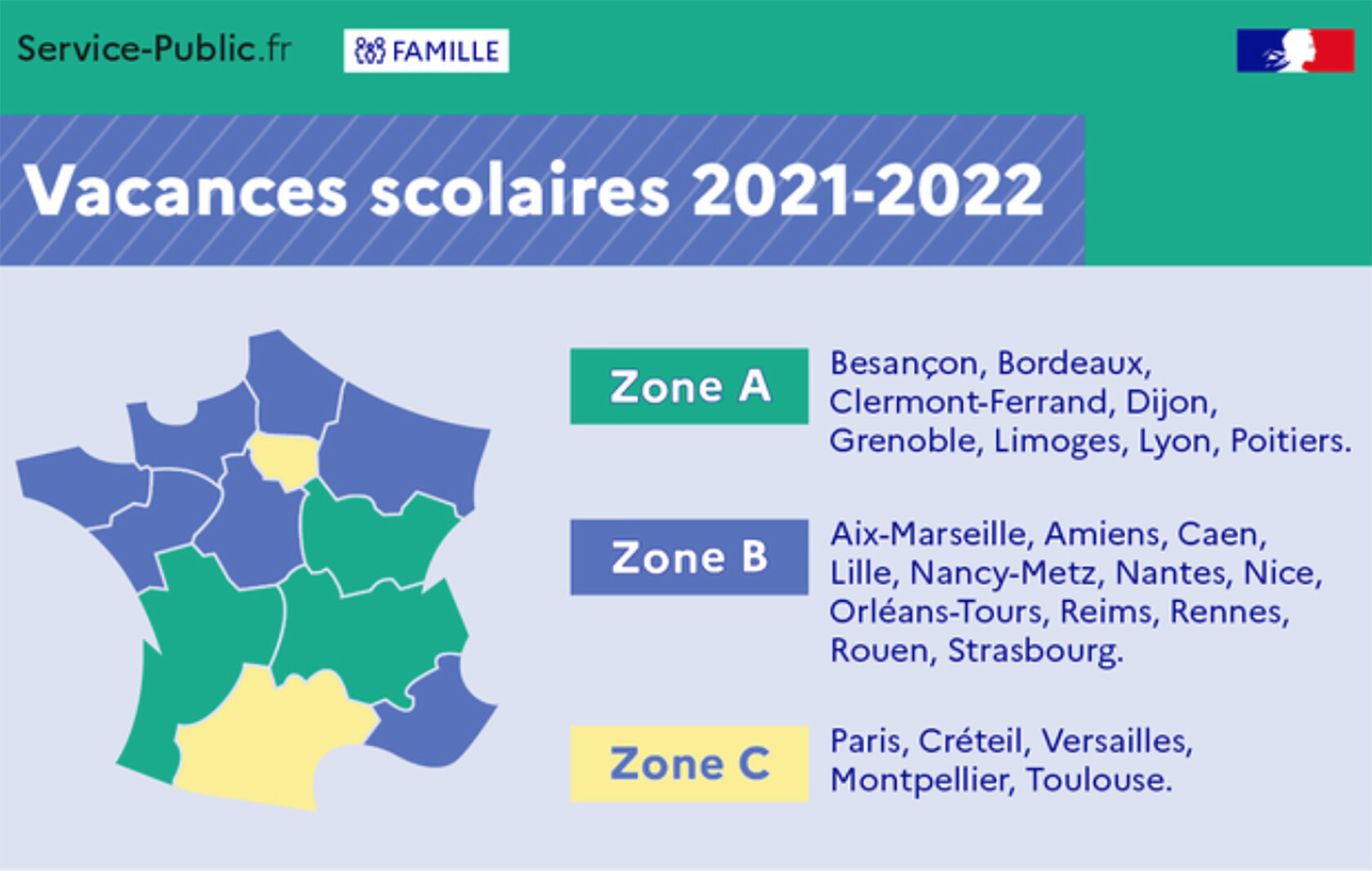
©service-public.fr
Vacances de Pâques
Les vacances de Pâques sont également appelées “vacances de printemps”. C’est une période très appréciée par les familles, car elle permet de partir en vacances ou de profiter du retour du soleil et du rallongement des journées. Les vacances de printemps durent deux semaines et sont décalées dans le temps selon trois zones géographiques.
La division de la France en zones pour les vacances scolaires a été mise en place en 1964 par le ministre de l’Éducation nationale de l’époque, Christian Fouchet. L’objectif de cette mesure était de mieux répartir les flux de vacanciers sur le territoire et d’éviter les embouteillages et les surcharges dans les zones touristiques les plus populaires. Au départ, la France était divisée en deux zones, la zone A et la zone B. La zone C a été créée par la suite. Ces zones correspondent aux académies (groupes de départements) et ont été définies en fonction de critères géographiques et démographiques. Cette division en zones est encore en vigueur aujourd’hui et s’applique aux vacances de Noël, d’hiver et de printemps. Notre famille faisons partis de la zone B.
There you are, I hope you enjoyed it and now know a little more about Easter traditions in France! Voilà, j’espère que ça t’a plu et que tu en sais maintenant un peu plus sur les traditions de Pâques en France !
When you come to my house for a French immersion homestay in Provence, I will be happy to help you discover the different aspects of Provence, like landscapes and perfumes, culture… while helping you improve your French.
Quand vous viendrez chez moi pour un séjour d’immersion en Provence, je me ferai un plaisir de vous faire découvrir les différents aspects de la Provence comme ceux-là, mais aussi les paysages et les senteurs, la culture… tout en vous aidant à améliorer votre français.
See you soon in Provence! À bientôt en Provence !


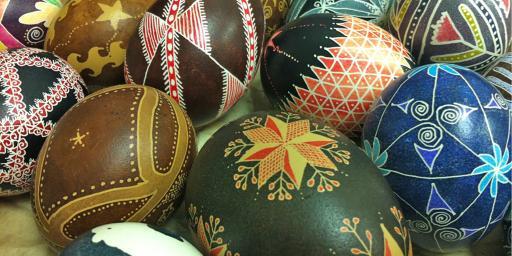

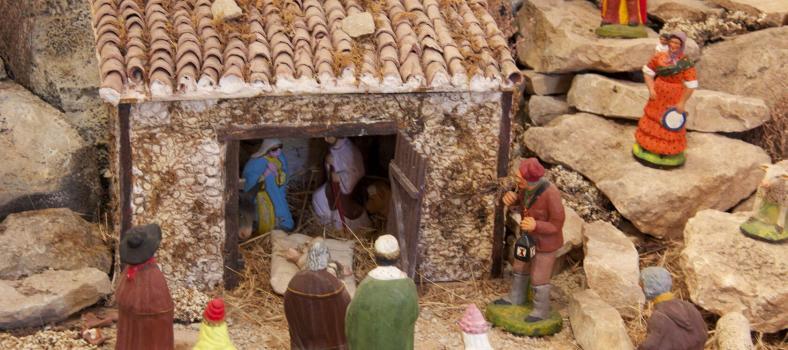


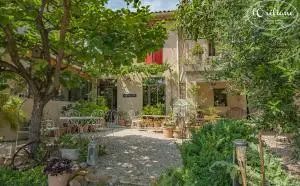

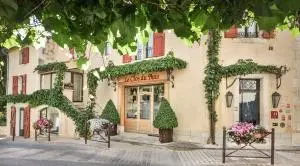
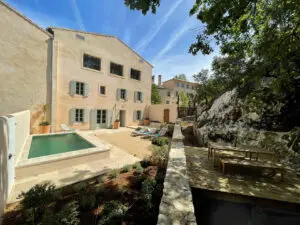

No Comment